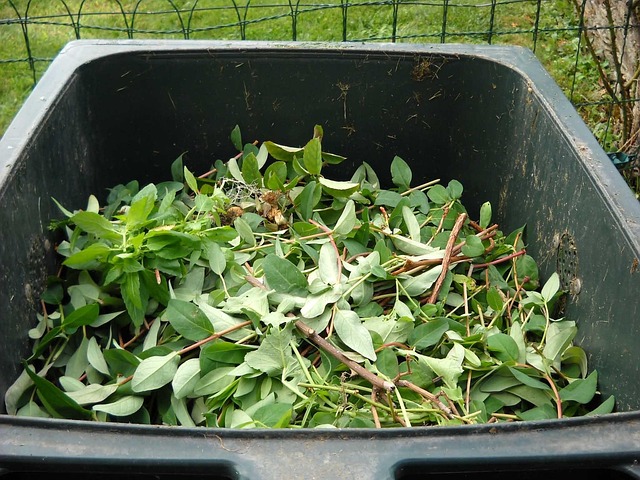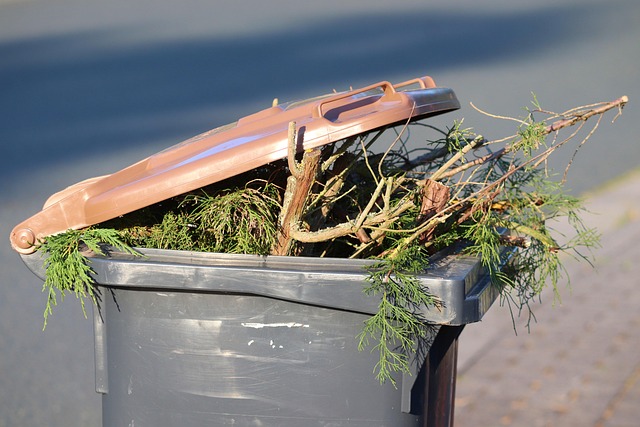The Magic of Hot Composting
As any true komposzt enthusiast knows, the journey to rich, dark, crumbly compost can be both an art and a science. One of the most effective methods to achieve this black gold is through hot composting, a technique that not only accelerates the decomposition process but also helps eliminate unwanted pests and pathogens. If you’ve been yearning to take your composting skills to the next level, you’ve landed in the right place!
What is Hot Composting?
Hot composting refers to the process of maintaining a compost pile at higher temperatures, usually between 130°F and 160°F (54°C to 71°C). This method relies on a balanced mix of high-nitrogen and high-carbon materials, which, when combined in the right proportions, generate heat as they break down. The result? A faster composting process and nutrient-rich soil for your garden.
Creating the Perfect Hot Compost Pile
To kickstart your hot composting journey, consider the following essential steps:
- Select the Right Location: Choose a sunny spot that has good drainage and is easily accessible. A 3×3 feet area is perfect for beginners.
- Gather Your Materials: A successful hot compost pile consists of roughly 30 parts carbon (browns) to 1 part nitrogen (greens). Think dry leaves, straw, shredded paper for browns, and grass clippings, vegetable scraps, or manure for greens.
- Build the Pile: Start with a base of coarse materials to allow airflow. Then layer your browns, followed by greens, and continue until your pile is about 3-4 feet tall.
- Maintain Moisture: The pile should be as damp as a wrung-out sponge. Regularly check its moisture level; too dry or too wet can hinder the process.
- Turn the Pile: To maintain high temperatures, turn the pile every few days. This aeration helps balance the microbial activity and keeps the decomposition process active.
Monitoring Temperature
One of the key aspects of hot composting is temperature monitoring. Invest in a compost thermometer, which can help you keep track of the internal temperature of your pile. Ideally, you want to see the temperature rise to 130°F or higher within a few days of construction. If it drops below this range, it’s time to turn your pile or adjust your browns and greens.
The Benefits of Hot Composting
The advantages of mastering hot composting are undeniable:
- Speed: Traditional composting can take months, whereas hot composting can produce finished compost within weeks, giving your garden an instant boost.
- Pest Control: The high temperatures created in the pile can kill off seeds from weeds and pathogens, offering a cleaner compost for your plants.
- Nutrient Density: The rapid breakdown process leads to a compost loaded with beneficial nutrients, promoting healthy plant growth.
Common Challenges
While hot composting is an excellent method for producing high-quality compost, it does come with its challenges. You may encounter issues like:
- Smell: An overly wet or unbalanced pile can produce foul odors. Ensure proper aeration and manage your carbon-to-nitrogen ratio to keep things smelling fresh.
- Temperature Fluctuations: Frequent turning is essential to maintain high temperatures. Don’t hesitate to add more green materials if the pile cools off too quickly.
Final Thoughts
Embracing the transformative power of hot composting not only benefits your garden but also connects you with the larger cycle of sustainability. As you create your black gold, you can take pride knowing every layer you add contributes to healthier plants, a healthier soil ecosystem, and, ultimately, a healthier planet. So gear up, dive in, and let the magic of hot composting unfold!



